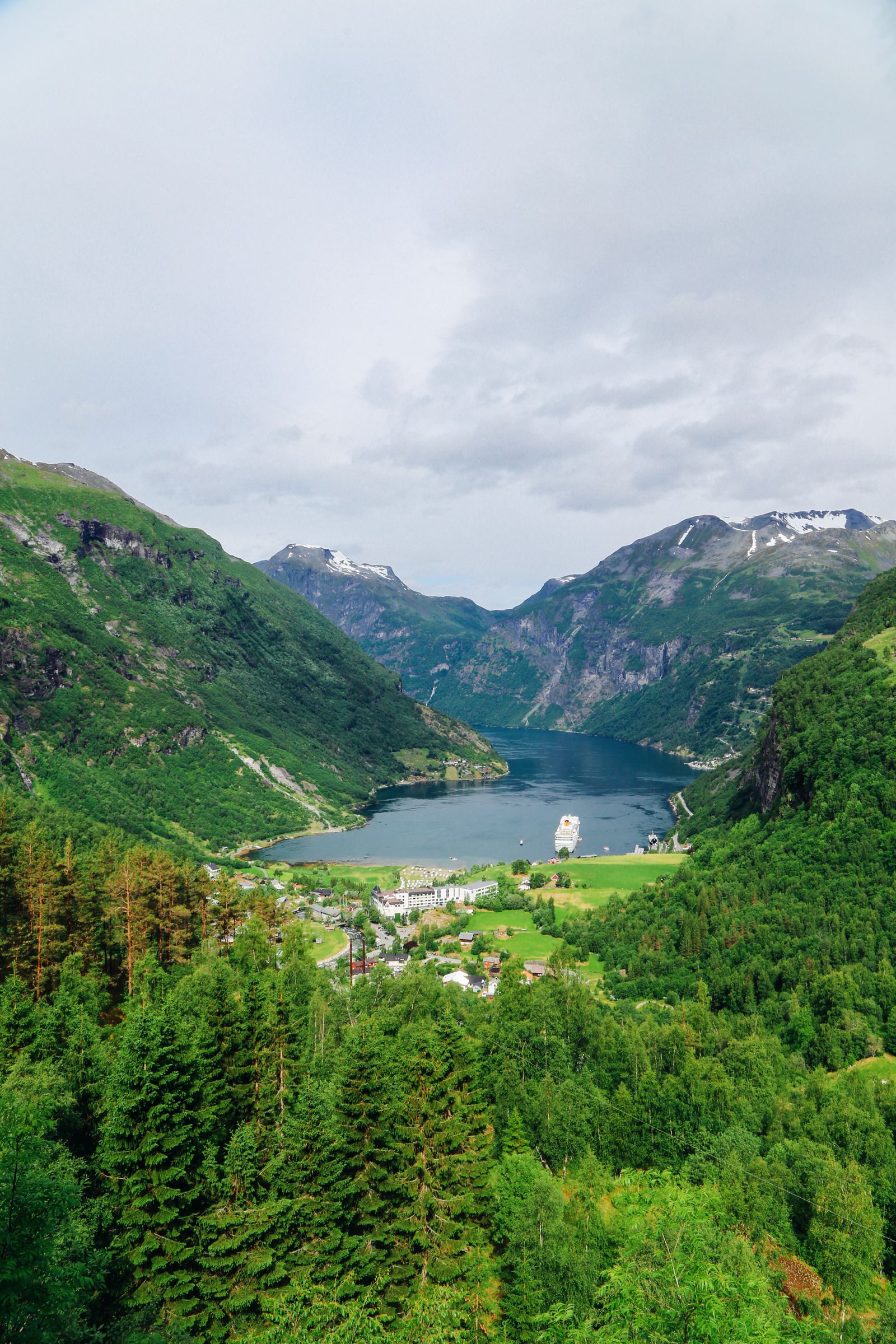UNESCO World Heritage sites are an unequivocal stamp of prestige and honour on any landmark or tourist attraction.
The criteria for being awarded this honour is very stringent. And, rightly so, as these UNESCO World Heritage sites are of cultural and/or physical significance and the instant this designation is placed on a site, it arguably puts the landmark in question “on the map” (figuratively of course – the landmark has after all already been there long before it gets added to the list).
Travellers all over the world seem to agree with the experts too and flock from everywhere to see as many UNESCO World Heritage sites as possible.
Sometimes you find in certain industries (e.g. music or tv) that the industry experts who determine what’s “good or bad” can sometimes be so out of sync with the actual consumers (hence why some critically panned films end up making gazillions of dollars at the box office and why some critically acclaimed movies end up being box office flops) but this trend is absent in the travel industry.
Travellers, histories and travel experts tend to almost unanimously agree that a UNESCO World Heritage site is a thing of beauty and something worth seeing (and of course, using as a backdrop for your ‘humble-brag’ travel selfies)
So which countries can you find the most UNESCO World Heritage sites?
1.) Italy – 51 sites
2.) China – 48 sites
3.) Spain – 44 sites
4.) France – 41 sites
5.) Germany – 40 sites
6.) Mexico – 33 sites
7.) India – 32 sites
Check Out The Very Best Of Great Britain!





















